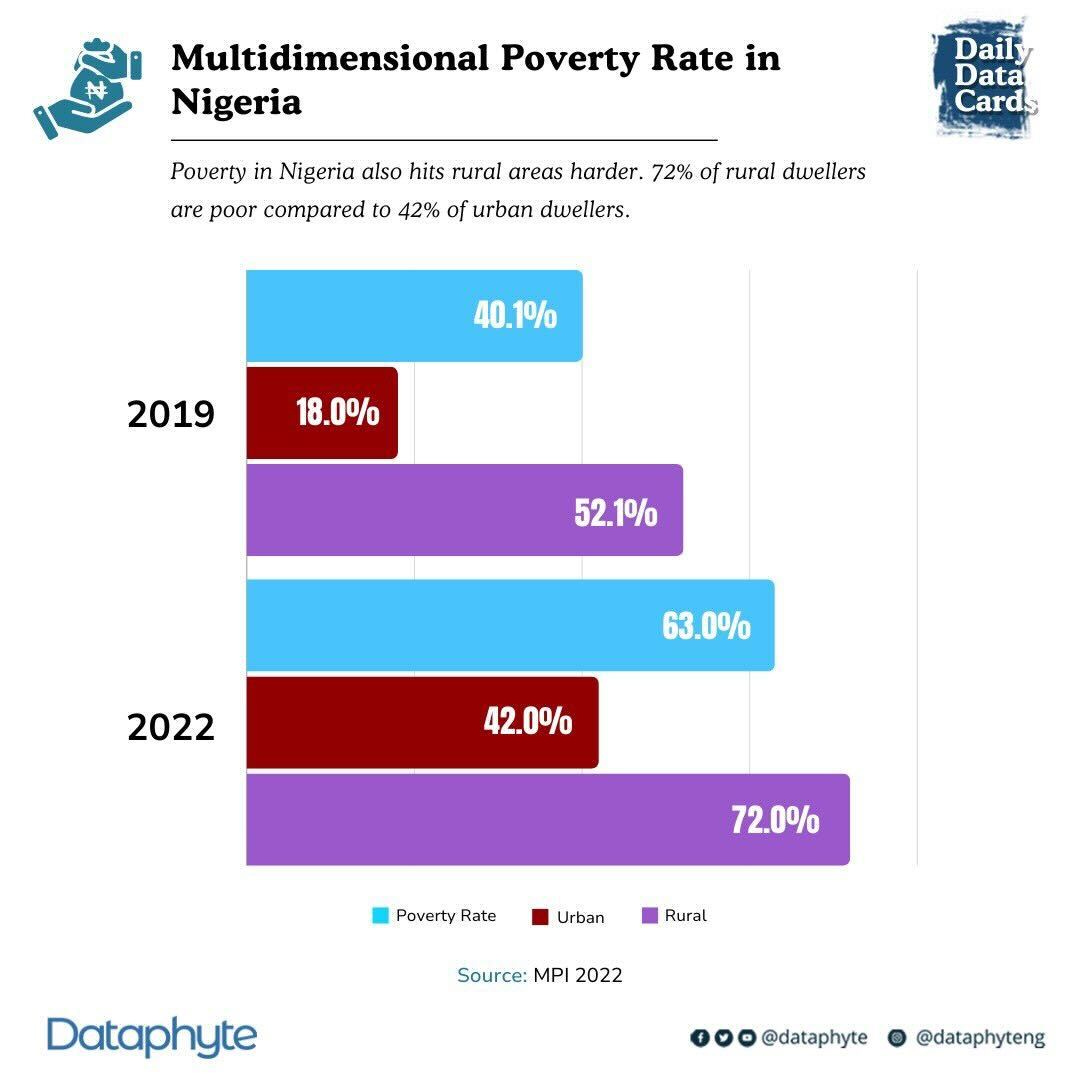Poverty in resource-rich but fragile countries like Nigeria is projected to worsen. According to the latest forecasts by the International Monetary Fund (IMF) and the World Bank, absolute poverty is expected to rise by 3.6 percentage points between 2022 and 2027. This forecast reflects individuals who cannot meet basic subsistence needs like food, shelter, and clothing.
While millions may be considered “extremely poor,” a much larger share of the population is trapped in different forms of poverty, from the ‘working poor’ to the ‘near poor’ and the structurally deprived.
The real question we must now ask is not just “How many Nigerians are poor?” but rather “What kind of poor are they?”
Following the World Bank’s definition, poverty is “pronounced deprivation in well-being.” Meaning that “The poor are those who do not have enough income or consumption to put them above some adequate minimum threshold.” This threshold could mean having less than 50% of the yearly national average income, which is $4,510 (₦7,230,324), or risk falling back into poverty due to unforeseen circumstances or unfavourable economic conditions.
Currently, 63% of Nigeria’s population is considered poor, which is an increase of 22.9 percentage points from 40.1% in 2019.
Explore Our Publications
We release in-depth research publications and publish compelling data-driven reports on a wide range of topics.





